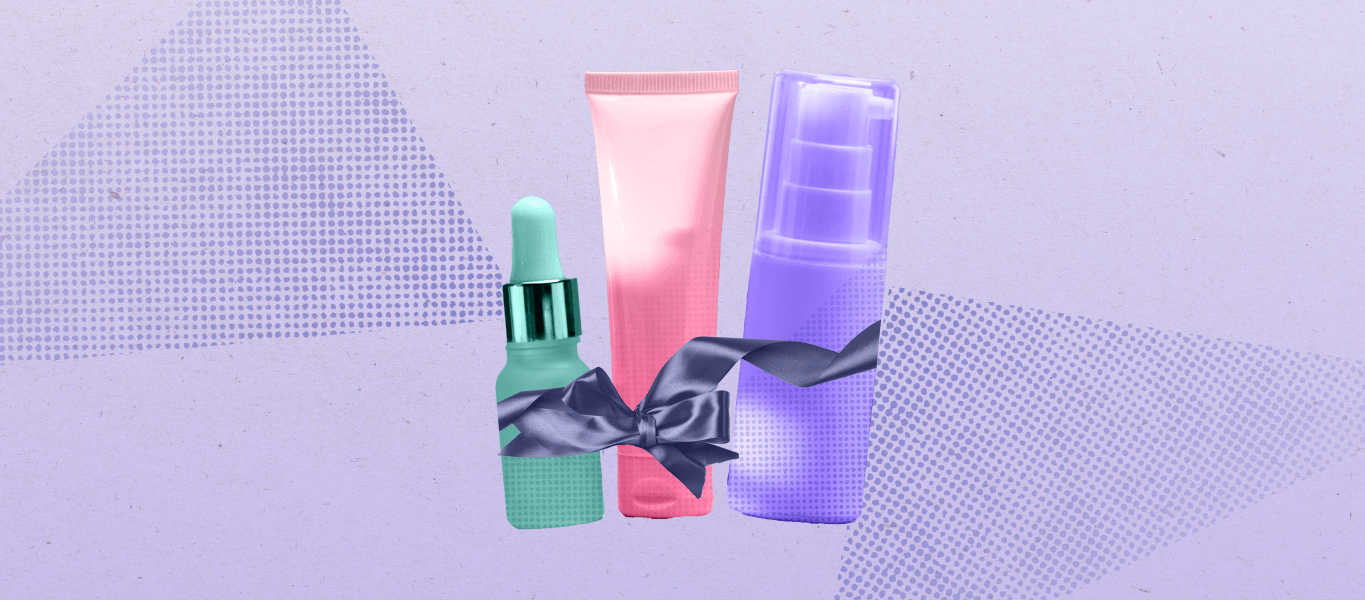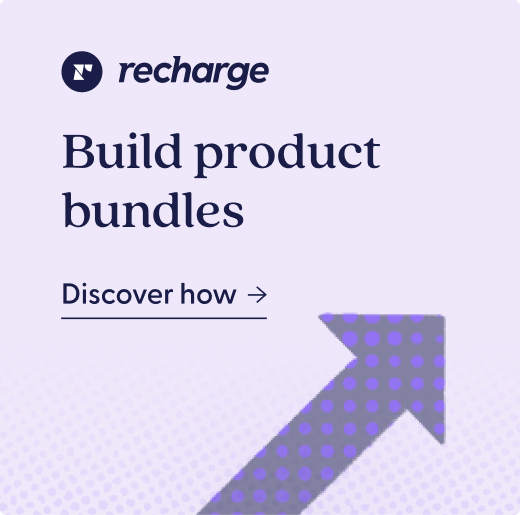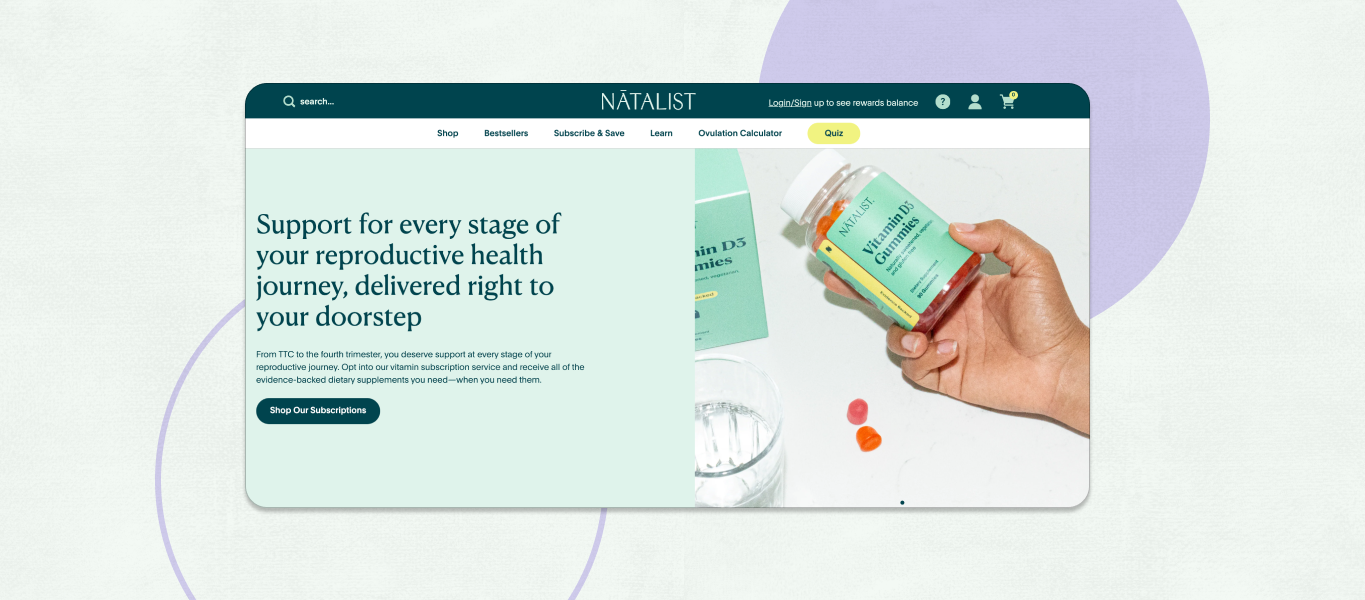So many products exist today that are best used when combined with other products. Take skincare, for example. Influencers boast their multi-step skincare routines because glowing skin isn’t usually the result of just soap and water. Beauty products are often bundled together so that consumers can take care of all aspects of their skincare, without missing a step.
There are many other verticals that utilize product bundling. It’s an easy way for merchants to offer useful packages to their customers, leading to higher average order values (AOV), more sales, and happier customers.
In this blog, we’ll explore what exactly product bundling is and the benefits of bundling, including different types of product bundling and the various strategies for success. Merchants will walk away with more knowledge about product bundling—plus learn how they can effectively incorporate it into their business. And with the right subscription management solution, product bundles can be created simply, with little extra effort on the backend by merchants.
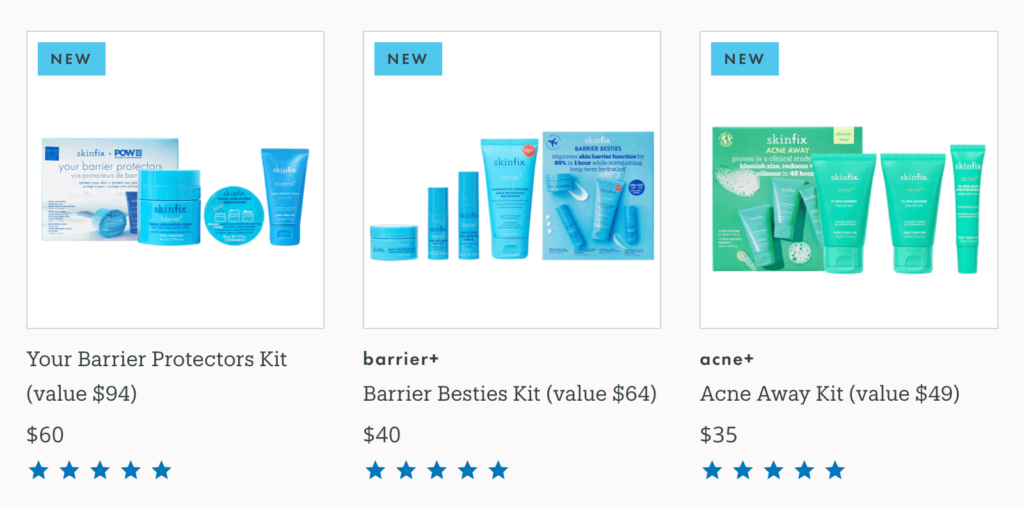
Key takeaways
- Product bundling is an effective strategy to increase AOV.
- Merchants can group products together in a variety of ways to create attractive bundles for their customers.
What is product bundling?
So, let’s start with the basics. Product bundling is when several products are put together and sold at one price, instead of as individual products and purchases. It allows merchants to combine multiple SKUs into one product, leading customers to buy more products without even thinking about it. When the same products are sold separately, there’s more pressure on the customer to search for multiple products that are sold individually, and add each of them to their cart.
3 benefits of product bundles
There are many different types of product bundling, which we’ll explore further below. But first, let’s discuss some of the benefits of product bundles—many of which offer a strong argument for adopting product bundling if you haven’t already.
1. Increase average order value
Customers often buy more products when they’re grouped together, which leads to a boost in AOV. Better yet, merchants can create data-driven bundles, or bundles of products that have historically been purchased together. This takes away any guesswork on the customer’s end and leads to bigger purchases, even when you offer discounted bundle pricing.
2. Lower marketing costs
When you create product bundles, it means less of a marketing lift because products can be marketed together as a group, instead of marketing items individually. Plus, when you create custom bundles and market them together, you’ll naturally drum up curiosity for all of the products included in the bundle. So, even if customers do decide to purchase the items individually, it’ll be due to your marketing efforts on your bundled products.
3. Add value through curation
Curating a grouping of products for your customers removes the work they would have to put in to make their own product bundles. Encourage customers to try new products through a bundle, and use customer data to create the right product bundles. These data-driven bundles will make the shopping experience that much smoother and more enjoyable for your customers.
The advantages of bundling for customers
There are many advantages of product bundling, for the merchant and for the consumer. By knowing the upside to product bundles for your customers, you can properly advertise bundles to make them appealing based on shoppers’ wants and needs. Continue reading to learn more about two of the best advantages product bundling offers to customers.
Receive fewer packages
As a merchant, you can lower marketing and distribution costs when you introduce product bundles. This is also an advantage for the customers—they’ll receive fewer packages than if they continued to order items on their own. Selling product bundles means that you can streamline the shipping process, helping out the environment and giving your customers fewer packages to keep track of.
Receive complementary products together
One of the biggest advantages of bundling for customers is that it gives them the opportunity to buy complementary products together. Some customers might not realize that one of your products works well when used with another, like in the case of skincare products or vitamins and supplements. Offering product bundling gives them a natural opportunity to learn about more of your products and the ways in which they work together.
The different kinds of product bundling
At this point, you’ve learned all about product bundling and its advantages for both merchants and customers. Now, let’s cover the different types of product bundles out there, so you can find inspiration for your own product bundling strategies.
- Pure bundles: Pure bundling is a set bundle that can’t be edited by the customer. The bundled products must be sold together, like in a meal kit subscription where all the ingredients are needed for a specific recipe.
- Mixed bundles: Mixed bundling (a “build-your-own” bundling option) is when the customer can choose the products they’re mixing to form a bundle. This strategy is often used by brick-and-mortar stores and offers the customer a sense of control over what they’re buying.
- Gift set bundles: Gift set bundling is a great idea for merchants looking to capitalize on holiday shoppers, or even year-round shoppers searching for gift ideas. Place complementary products together to create a bundle that makes sense as a gift.
- Cross-sell bundles: Cross-sell bundling is a great way to put complementary products together—such as toothpaste with a toothbrush. Merchants can easily increase AOV by offering these cross-sell bundling options.
- Old inventory bundles: Bundling together dead stock or pairing unpopular products with more popular products can help you get rid of any surplus inventory.
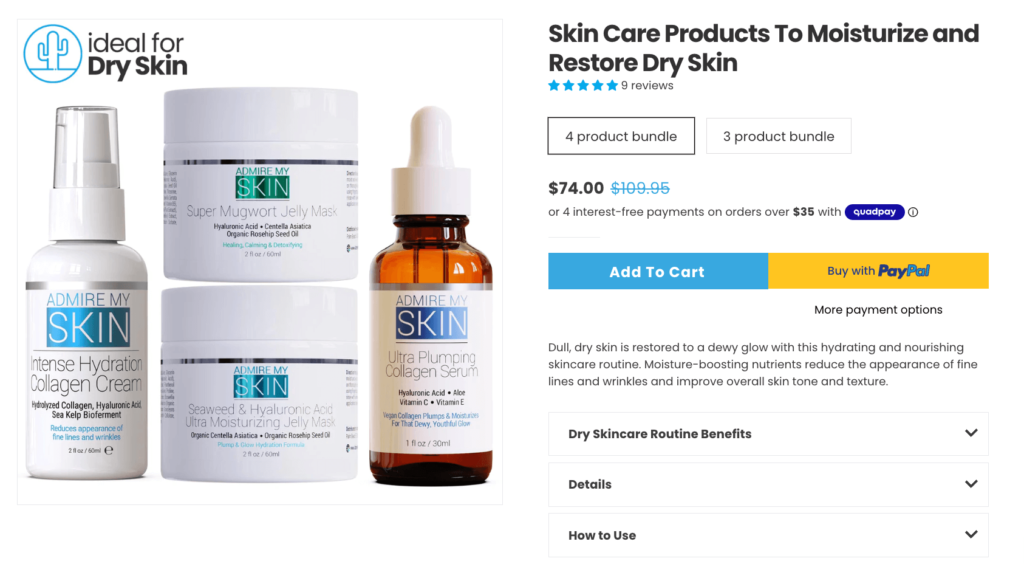
Strategies for selling a product bundle
Once you’ve created product bundles—based on the different bundling types listed above—with special bundle pricing, the next question is usually, how do I sell them? And what’s the best way to market new product bundles? Here are some ideas:
- Creatively name your bundles based on what they are
- Offer ample information on the product page to answer shopper questions
- Make sure products are grouped together in an interesting and valuable way
- Offer a discounted price for product bundling
- Give free or discounted shipping options
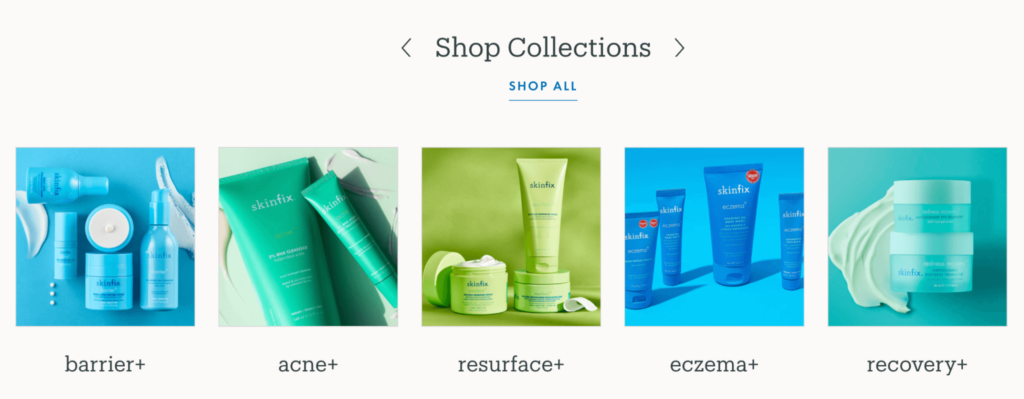
Harnessing the power of bundling
Creating product bundles doesn’t have to be hard. With the right product bundling strategy and the subscription management software to back it up, you can start offering bundles in no time. Your customers will be pleased with the ease of the shopping experience, while your store has the opportunity to naturally increase AOV and get rid of stock at a faster rate.
Sources
[1] How to choose your subscription management solution (Recharge)
[2] Introducing Bundles, Recharge’s fully integrated bundling solution (Recharge)
